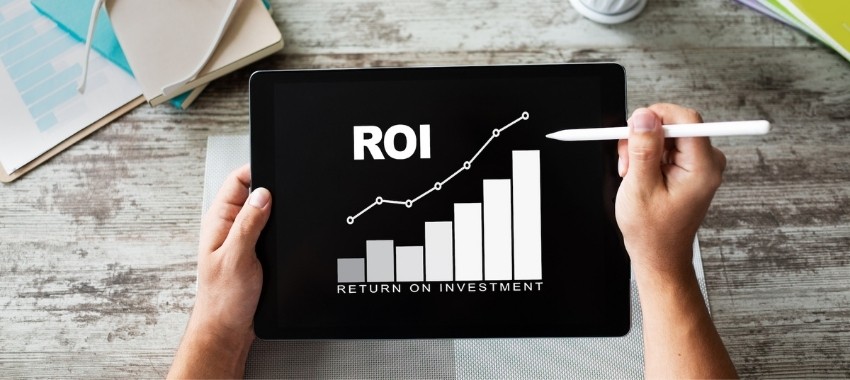Calculating the ROI on promotional products might be tricky—but that doesn’t mean you should give up on the data! Here are some ideas.
If you’re not considering promotional products as part of your marketing plan, it’s time to make them an integral part of your strategy.
Thoroughly incorporating promotional products into your marketing plan has several benefits. For one thing, this can help you ensure that your strategies are all lined up—the products you use should be on brand and effectively support your ongoing marketing efforts. Additionally, making this shift can encourage you to collect the same types of data on your promotional product investments that you do on your other expenditures.
While calculating the ROI on promotional products isn’t as easy as calculating the ROI on a digital marketing campaign, there are plenty of ways to make sure you’re getting a return on your budget dollars. Here are a few ideas.
Harness Analytics
Using a unique URL is a great way to track ROI on a promotional products campaign. For example, if you distribute an umbrella at a conference, you might include a unique URL on the umbrella. When the client looks up your company via the URL, you will be able to use analytics to discover how many people found your site as a result of the product. Advanced tracking can also allow you to identify how many of those people actually converted to customers.
Another option is to put QR codes on products. QR codes allow consumers to simply scan an image with their phone, bypassing the need to enter the unique URL in a search engine site.
Use a Sample Set
Of course, unique URLs and QR codes won’t capture customers who identify your brand name on a promotional product and go straight to your company website. This is why it’s important to use more than one approach when measuring ROI.
Another way to gain insight is through isolating a small sample set and running an A/B test that compares that group to your general market. For example, you can run all of your normal marketing campaigns in one geographic area and test a promotional products campaign in another area. You can then analyze the results across geographies and by comparing the performance in the test area to its historical numbers.
This allows you to gain a little bit more insight into customers who may have been influenced by a product but worked around a QR code or unique URL. If the only thing you change in a given geography is the promotional products strategy, then changes in engagement can be attributed to that strategy. Of course, the more often you repeat an A/B test, the more confident you can be in having established a causal connection between investment and outcome.
Don’t Forget Impressions
Measuring ROI is always imperfect, and one of the major reasons for this is the tricky relationship between impressions and conversions. Decision-making is a complicated process, and the influences behind decisions are often opaque even to those who made them. This can make it tricky for a marketing team to track every impression that goes into the eventual acquisition of a customer.
The difficulty of attributing a conversion to a marketing strategy is amplified for promotion products. This is because promotional products generate such a high number of impressions over their lifetimes.
Think about it: while a digital ad might be live for up to six months, a simple refrigerator magnet can live in a home for twenty years. Even the most rigorous A/B testing campaign is unlikely to capture the effects of impressions generated over multiple decades—and most companies need to make strategic marketing decisions on a shorter time frame too.
Nonetheless, all the research shows that impressions matter. A 2009 PPAI study found that over 91% of respondents had at least one promotional product in their kitchen, and 83% of consumers said they liked receiving promotional products. Even more importantly, over 76% of respondents were able to name a promotional product they have received in the last year, identify the company that offered it, and name the message of the product.
That’s the kind of retention marketers dream of.
When calculating the ROI on promotional products, keep in mind their superior ability to generate impressions over the long term as well as their ability to build goodwill with your customer base. Coupled with the hard data you can gather, you should be well on the way to determining the ROI of this branch of your marketing strategy.

0 Comments